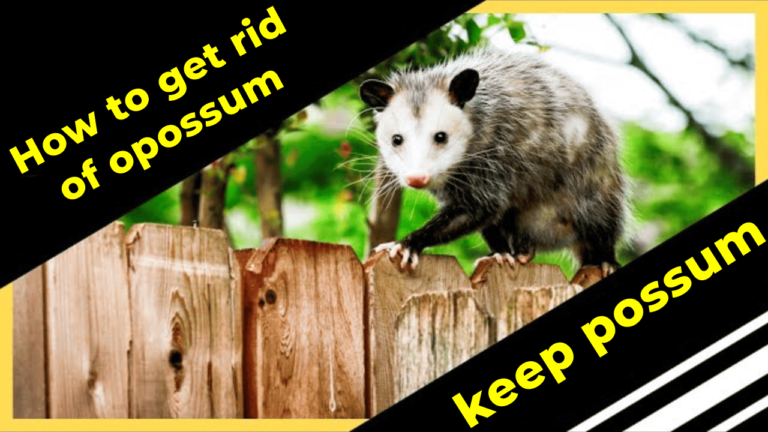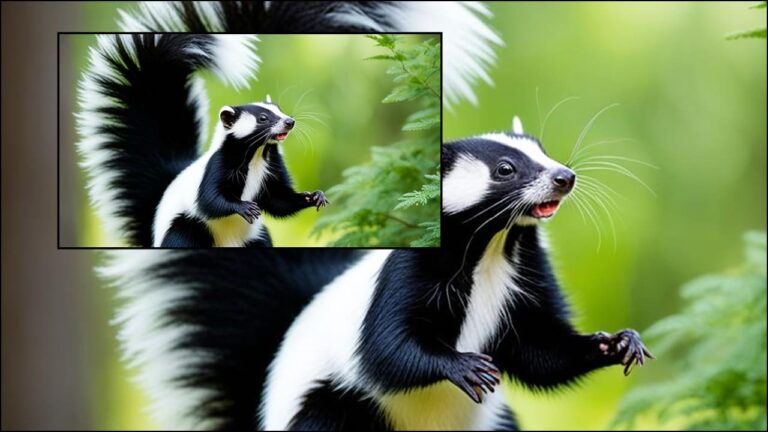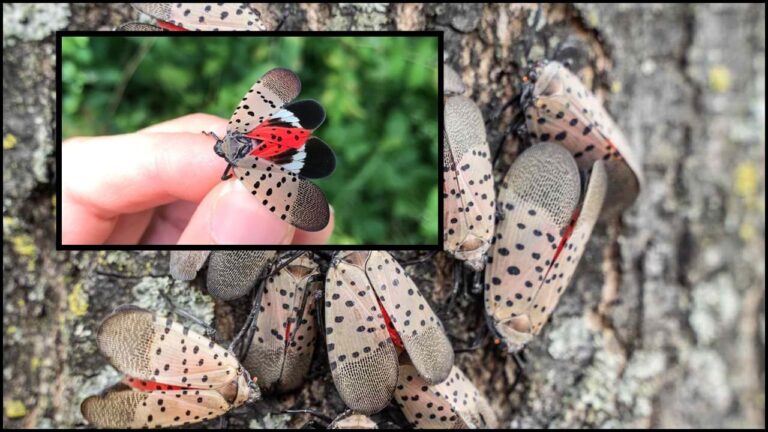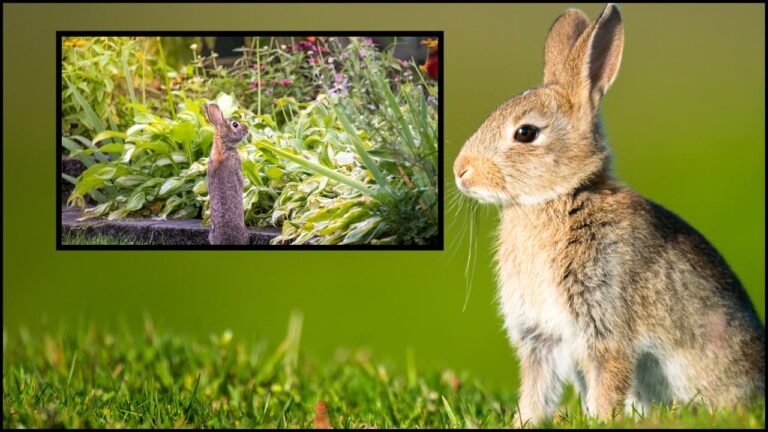How to Keep Chipmunks and Squirrels Out of Your Garden
The beauty of a garden often lies in its vibrant blooms, lush foliage, and bountiful harvests. Yet, this splendor can quickly turn into frustration when mischievous chipmunks and squirrels wreak havoc. These adorable yet pesky creatures, driven by their natural instincts, can damage plants, dig up bulbs, and raid vegetable gardens. Understanding their behavior and employing humane strategies is key to maintaining a harmonious garden.
Understanding Chipmunks and Squirrels
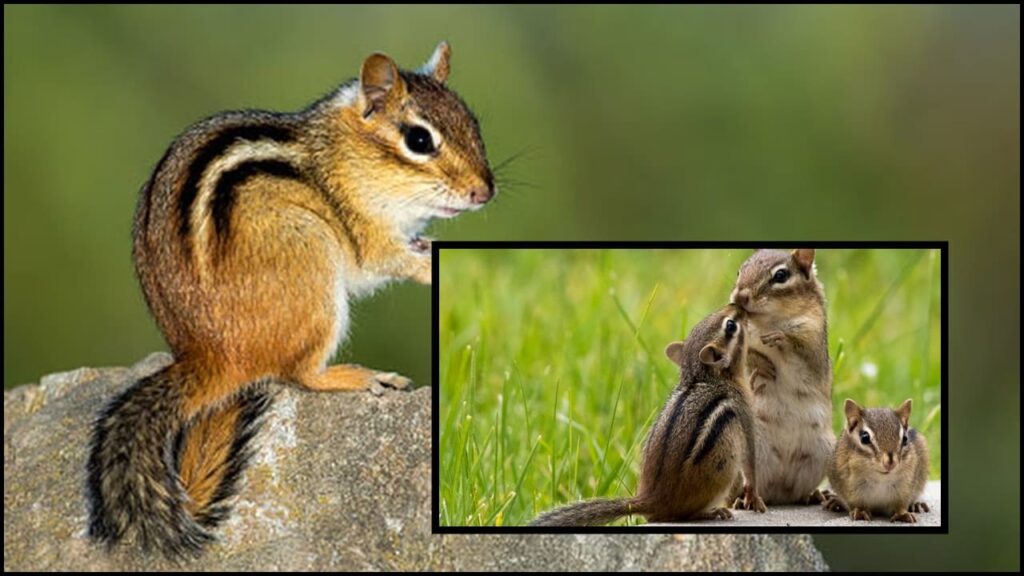
Why They Dig
Chipmunks and squirrels dig primarily to store or retrieve food. Squirrels create multiple food caches in soft soil, while chipmunks store their findings in a single location. Your carefully planted bulbs and freshly tilled soil often become unintended treasure troves for these animals. Additionally, during hot, dry periods, they may target your plants for moisture or water sources.
Signs of Their Presence
- Small, deep holes clustered in garden beds.
- Uprooted bulbs or bulb flowers that fail to bloom.
- Piles of seeds or grains.
- Chewed fruits, vegetables, or low-hanging plants.
- Tiny tracks or droppings.
- Tunnels that may undermine patio or cement foundations.
Humane Ways to Deter Chipmunks and Squirrels
- Spice Things Up with Natural Deterrents
Sprinkle cayenne pepper, garlic powder, coffee grounds, or peppermint around your plants. These substances irritate the animals’ sensitive noses and deter them from digging. Coffee grounds are particularly beneficial for acid-loving plants like hydrangeas and azaleas, serving as both a deterrent and a fertilizer. Remember to reapply these substances after rain or watering.
- Use Repellents
Several non-toxic repellents are commercially available, including castor oil solutions and predator urine-based products. These create an environment that feels unsafe for rodents without causing harm. For best results, apply regularly and after rain.
- Employ Physical Barriers
- Chicken Wire or Hardware Cloth: Cover vulnerable bulbs and seedlings with chicken wire. Secure the edges with rocks or soil to prevent digging. Seedlings can grow through the gaps, but the wire protects them from tiny claws.
- Garden Netting: Use heavy-duty netting to cover fruits, vegetables, and flowering plants.
- Bulb Cages: Plant spring bulbs like tulips and hyacinths in bulb cages to keep them safe underground.
- Provide Alternative Water Sources
During dry months, chipmunks and squirrels may target your garden for hydration. A clean water source, such as a birdbath, can divert them from your tomatoes and berries.
- Modify Their Habitat
- Remove food sources like birdseed, pet food, or fallen fruits.
- Minimize potential nesting sites by clearing rock piles and fallen logs.
- Choose pest-resistant plants like daffodils, which squirrels and chipmunks dislike. Planting daffodils alongside tulips can mask the tulip scent and protect them.
- Scare Them Away
Ultrasonic devices emit sounds that unsettle chipmunks and squirrels without disturbing humans. Motion-activated sprinklers can also scare them off, though these are short-term solutions as animals often adapt.
Integrated Pest Management for Long-Term Success
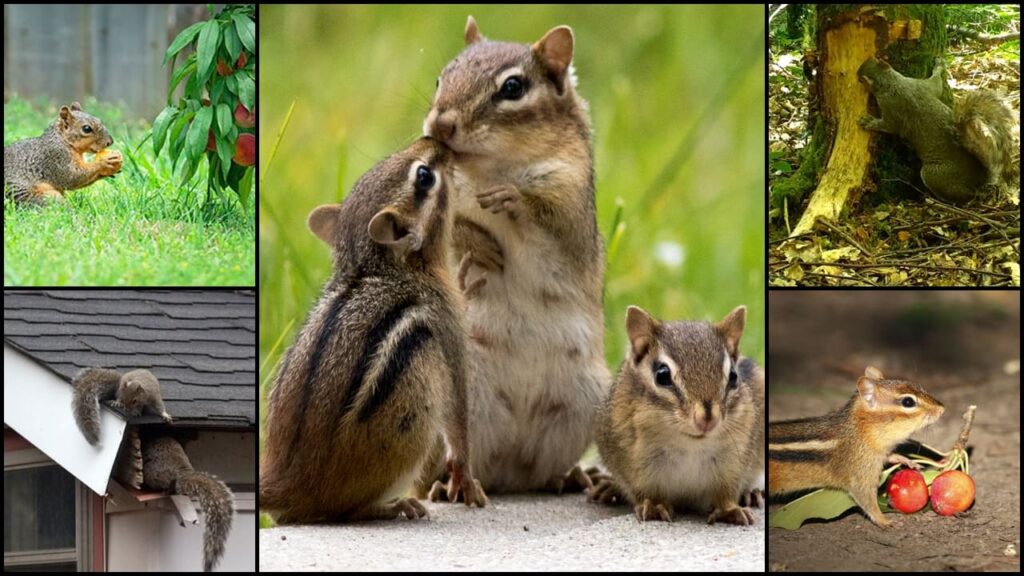
Maintaining a pest-free garden requires a combination of strategies. Use natural deterrents alongside physical barriers and habitat modifications for the best results. Regularly inspect your garden for signs of activity and adapt your methods as needed. Avoid toxic solutions, as they can harm beneficial wildlife and disrupt the ecosystem.
Balancing Coexistence and Protection
While chipmunks and squirrels can be nuisances, they are also an integral part of backyard ecosystems. By employing humane and non-toxic methods, you can protect your garden while coexisting peacefully with these creatures. With a little patience and creativity, your garden can thrive, showcasing its bounty without interference from furry intruders.



